The “Elseworlds” imprint of DC Comics is widely acclaimed for its innovative and diverse stories that diverge from the main continuity of the universe. This gives writers and audiences something fresh and innovative to deal with!
One of the lesser-known but highly regarded early 2000s “Elseworlds” titles, “Batman: The Doom that Came to Gotham,” written by Mike Mignola and Richard Pace, examines the potential of combining Lovecraftian horror elements with the existing Batman lore and creates a brilliant narrative.
The comic book adaptation of the story was a splendid rendition of Batman’s horror-inspired origins, and made fans really excited for the film.
The movie incorporates Indian mythological elements and Devanagari scriptures with cosmic horror and madness to create a perfect recipe. This, along with brilliant use of visual effects and audio elements, makes it one of the finest DC creatives ever.
Christopher Berkely and Sam Liu have directed the movie, with David Giuntoli as the voice of Batman/Bruce Wayne and Tati Gabrielle as Kai Li Cain (Cassandra Cain’s alternate earth counterpart). Other notable actors in the movie are David Dastmalchian as Grandon and Emily O’Brien as Talia Al Ghul.
This movie is not part of the current DC animated movie interconnected universe, “Tomorrowverse,” but has its own distinct title.
This article is for Ardent Batman fans who have gobbled up every moment of the film and need a little reference to understand the ending. Without further delay, let’s get started:
Batman and the Bat-Elemental: The Epic Conclusion of Gotham City’s Saga
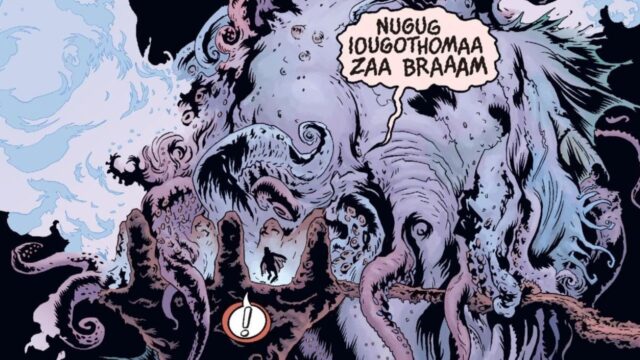
The ending of Batman: The Doom That Came To Gotham is an overdose of emotion and action. Bruce Wayne finally faces his greatest enemy, Ra’s Al Ghul, who turns out to be the ancient cosmic horror, Ctulhu. However, before he can deliver the final blow, the portal to log-Sotha opens and unleashes a disgusting tentacular nightmare that encompasses him.
As Ra’s Al Ghul continues tormenting the helpless Bruce, he accepts his fate of death and resurrects as the monstrous Bat-Elemental that can destroy Ctulhu. The Bat-Elemental destroys Ctulhu but is no match for log-Sotha’s power.
Just when it seems that Gotham is doomed, Etrigan’s talisman appears and stops the cataclysm. The city is saved from destruction but is absolutely flattened and left in ruins.
The movie concludes with a tribute to Bruce Wayne’s legacy, which has been tainted by his family’s corruption and violence.
The next generation of heroes, led by Kai Li Cain, vows to honor his memory and protect Gotham from any threat. The movie also hints at the possibility of Bruce returning someday, as we see him in a clock tower that he used to fear as a child. The final scene shows the Elemental Bat watching over Gotham City.
The movie explores the theme of legacy in various ways. In the opening scene, Martha warns a young Bruce that he will inherit a lot of responsibility, but as the story progresses, we discover that the Wayne’s legacy is corrupted.
On the other hand, Kai Li Cain is someone Bruce respects and mentors as his successor, and he succeeded in instilling his vision of a brighter future in her.
Bruce Wayne may have perished in this movie canon, but his legacy lives on through Kai Li Cain.
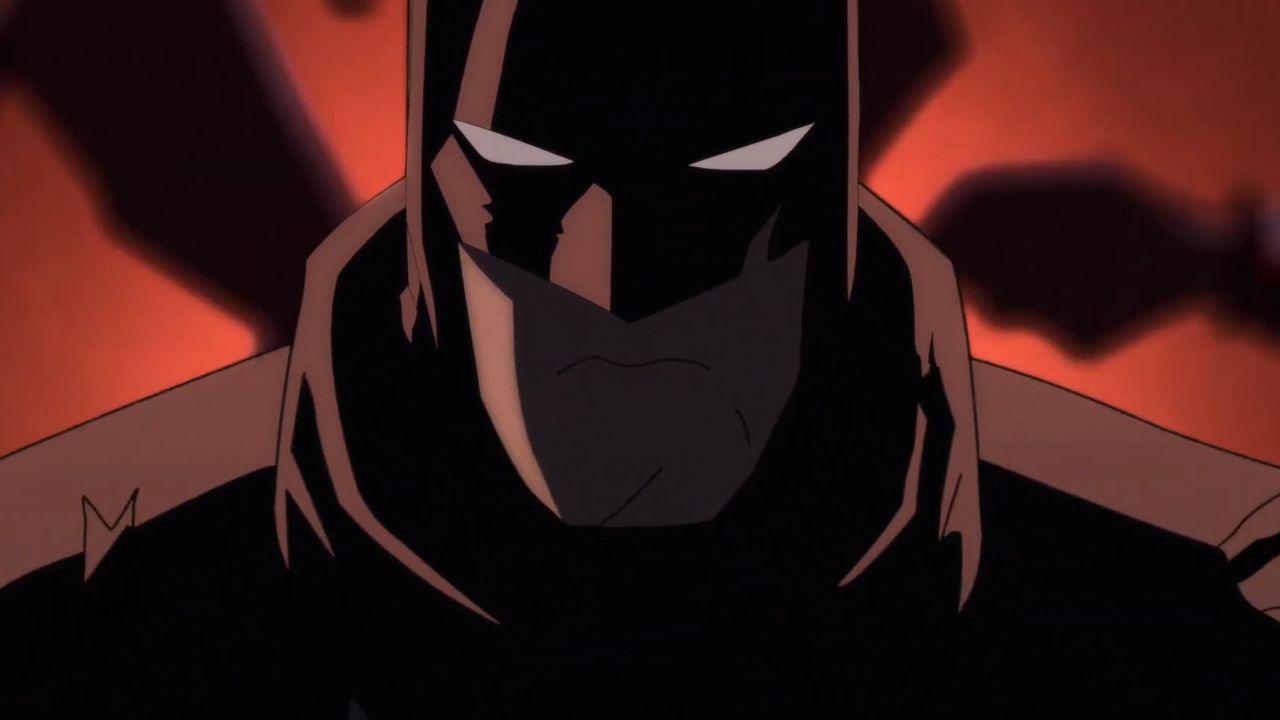
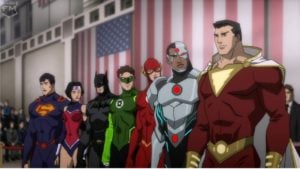
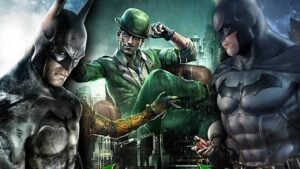


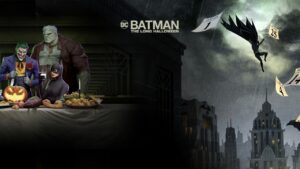
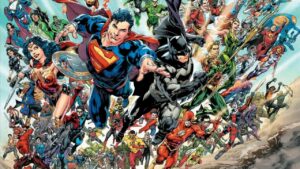
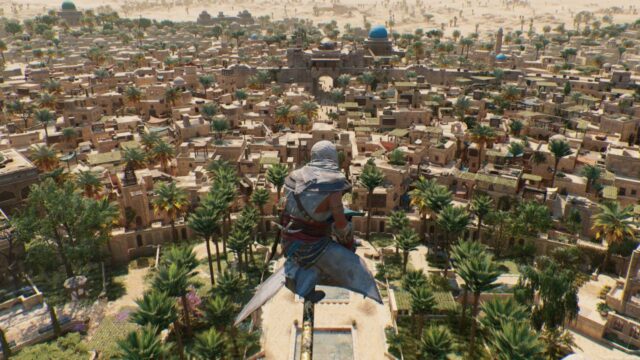
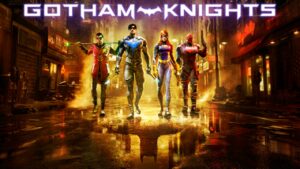
No Comments on Batman: The Doom That Came To Gotham Ending Explained: Gotham’s Doom